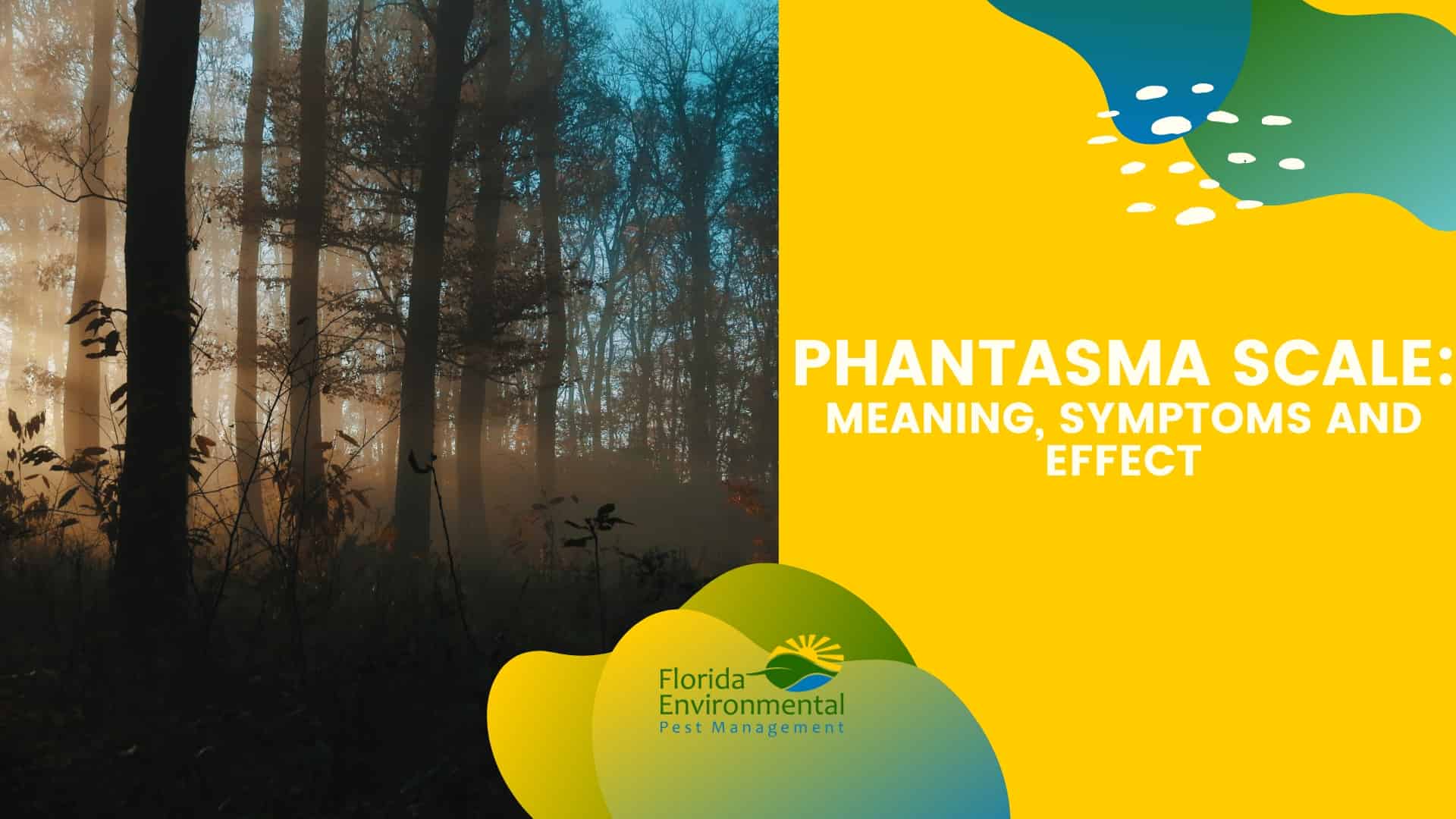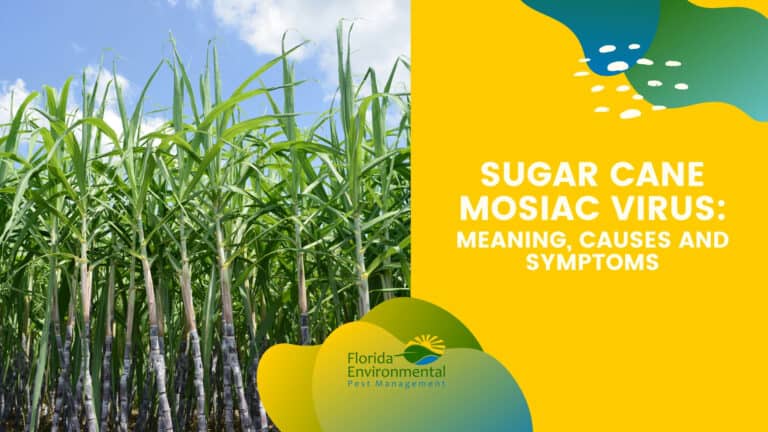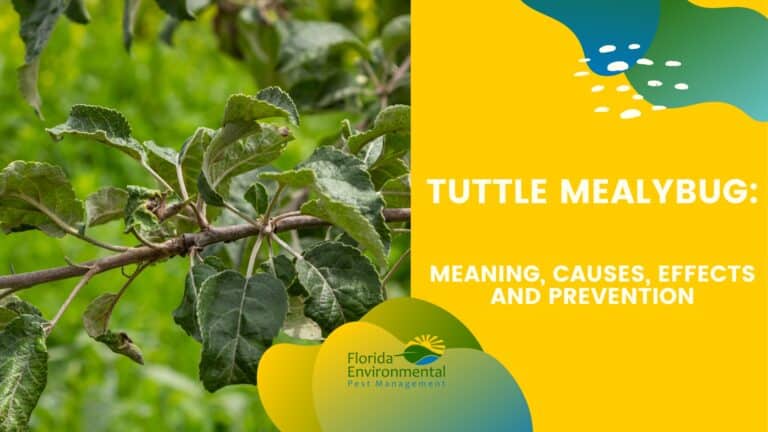Fiorinia phantasma, commonly known as the Phantasma scale, is a species of armored-scale insect that infests various plants, particularly ornamentals and fruit trees. These tiny pests can cause significant damage to host plants by feeding on their sap and secreting a protective covering, leading to stunted growth, wilting, and even death in severe cases.
One of the hallmark symptoms of Fiorinia phantasma infestation is the presence of these characteristic scales on plant surfaces. Additionally, affected plants may display signs of decline, including wilting, leaf discoloration, and reduced fruit yield. Severe infestations can lead to plant death, especially in weakened or stressed specimens.
Management of these invasive insect infestations often involves a combination of cultural, mechanical, and chemical control methods. Cultural practices such as proper plant spacing, pruning, and sanitation can help reduce pest populations and prevent their spread. Mechanical control measures, such as physically removing scales from plants or washing them off with water, can also be effective. In cases of severe infestation, chemical treatments using insecticides may be necessary, although care should be taken to select products that are safe for the environment and non-target organisms.
What is the Phantasma Scale?
The Phantasma Scale, scientifically named Fiorinia phantasma, is an invasive scale insect that has emerged as a formidable foe for palm, ornamental, and fruit trees, particularly in regions like Florida and Hawaii. This armored scale pest, with its broad host range, has proven to be a challenge due to its protective scale covering and secretive feeding habits, rendering it a master of evasion and a difficult adversary to control.
Originally identified in Florida on Canary Island date palms in 2018, this pest has since carved a path of destruction through Miami-Dade and Palm Beach counties, instigating concern among those who care for these iconic trees.
Adult females are the primary carriers of their species and can be particularly problematic. Hidden under their waxy protective scale covering, they feed and reproduce, exacerbating infestations and resisting traditional control methods. One notable example is the soft-scale insect, Fiorinia phantasma, which has gained prominence among entomologists and those dedicated to safeguarding palm trees’ natural and cultivated beauty.
What Causes Phantasma Scale on Palm Trees?
The invasion of Phantasma Scale on palms begins with the insect’s feeding habits. These pests employ a long siphon tube to extract the sap from palm leaves, leaving behind blotchy yellow patches and a weakened, vulnerable host. As the invasion escalates, severe leaf drop ensues, stripping the ornamental palms of their stunning foliage and imposing a grim fate upon them.
Its attraction to palms is exacerbated by its ability to infest live nursery plants, enabling its spread to new localities. The presence of dense populations and all life stages on palm trees indicates its preference for this host species.
What Are the Indications that Your Palm Trees Might Be Infested with Phantasma Scale?
Phantasma Scale infestation on ornamental palm trees manifests through visible signs such as yellow blotches on the upper leaf surfaces, resulting from the feeding activities of these soft-scale insects. As infestations progress, affected leaves may exhibit symptoms of wilting and ultimately drop from the tree.
Furthermore, the presence of Phantasma Scale can lead to a decline in overall plant health, characterized by reduced vigor and stunted growth. Proper identification and management of these symptoms are essential to mitigate the impact of Phantasma Scale on palm trees and prevent further damage to ornamental landscapes.
Understanding the Phantasma Scale Threat
The presence of Phantasma Scale in Florida, particularly in counties like Miami-Dade, Broward, Palm Beach, Martin, and St. Lucie, has raised concerns due to its potential to cause extensive damage to landscapes and adversely impact palm growers.
This pest is polyphagous, with a preference for palm tree species, and its invasive nature poses a serious threat to ornamental plants.
It can lead to chlorotic patches on leaves, premature leaf drop, and significant frond losses, impacting the aesthetic appeal and health of palm trees. Moreover, the scale’s rapid spread across various regions intensifies the risk of economic losses within the palm industry, as it requires effective management strategies to mitigate its impact on ornamental plants and landscapes.
How Do You Treat a Phantasma Scale Infestation?
To treat an infestation from armored-scale insects like Fiorinia phantasma, it’s crucial to monitor your palm trees for signs of the parasite and contact certified arborists for expert consultation. Since there are no known home remedies for eradication, seeking professional help is advisable. Additionally, preventing scale infestations by maintaining plant health and choosing resistant plant varieties can be effective long-term strategies.
Utilizing natural or mechanical controls, such as monitoring for crawler stages and employing organic methods, can help manage scale populations effectively while minimizing harm to beneficial insects and the environment. Moreover, incorporating horticultural oil sprays and considering systemic insecticides for landscape plants, under proper application, can provide season-long control against scale infestations.
Chemical Control Tactics
To control the Phantasma Scale, use systemic insecticides applied to the soil around the base of palm trees and watered in. This targets the vulnerable crawler stage before their protective coverings develop. Additionally, horticultural oil sprays can be used to suffocate all exposed life stages. Monitor scale populations to apply treatments at the most susceptible stages. Use horticultural oils and contact insecticides sparingly to preserve natural enemies and maintain effective biological control.
According to Ahmed, Muhammad Z., et al’s study “Chemical Control of the Phantasma Scale, Fiorinia phantasma (Hemiptera: Diaspididae), Potential Pest of Palms and Ornamentals Plants in Florida” from Subtropical Insects and Horticulture Research, Agricultural Research Service, U.S. Department of Agriculture, various insecticides have shown efficacy against the Phantasma Scale, with recommended options including acetamiprid, dinotefuran, flupyradifurone, and pyriproxyfen. These chemicals, when applied according to label rates and intervals, offer potential control measures for managing Phantasma Scale infestations in Florida’s ornamental plants and palm trees.
Biological Control Measures
Predatory beetles, small parasitic wasps, and other natural enemies help control scale insect populations and other closely related species. Cultivating diverse flowering plants and reducing dust can attract these allies. Parasitoids like Aphytis sp. and predators play crucial roles in regulating scale insect populations. Additionally, entomopathogenic fungi exhibit potential in controlling Fiorinia spp. infestations. These findings highlight the importance of integrated pest management strategies, emphasizing biological control measures for effective Phantasma Scale management.
Cultural and Mechanical Methods
Complementing chemical and biological strategies are cultural and mechanical methods, which involve direct action against the Phantasma Scale. Pruning out heavily infested shoots or limbs can significantly reduce the scale population, particularly when infestations are localized. Moreover, maintaining optimal plant vigor through proper care can bolster a plant’s natural defenses, making it less susceptible to severe infestations.
It is also vital to manage the environment in which palm trees grow. Controlling pest-tending ants and ensuring a healthy garden ecosystem are key components of a holistic approach to managing Phantasma Scale populations. When combined with other management strategies, these methods can enhance the overall resilience of palm trees against this invasive pest.
Prevention and Early Detection
Detection methods for this invasive species include visual inspection, especially for crawler stages, and utilizing field guides. Preventative measures involve monitoring potential host plants and implementing integrated pest management strategies, including early intervention with targeted insecticides during vulnerable stages. vigilance and prompt action are essential to mitigate the impact of Phantasma Scale infestations on the plant industry.
Import and Quarantine Regulations
Stringent import and quarantine regulations play a crucial role in preventing the introduction and spread of invasive pests like the Phantasma Scale. These measures, enforced by regulatory bodies such as the Florida Department of Agriculture and Miami Dade County, help safeguard the local nursery and landscape industry from detrimental infestations.
Monitoring and Pest Advisory Alerts
Vigilant monitoring and timely pest advisory alerts are essential for detecting early signs of Phantasma Scale infestation. Authoritative bodies like the Florida Department of Agriculture issue these alerts to raise awareness and guide professionals and the public in managing new invasive pests.
To prevent Phantasma Scale infestations, follow these best practices:
- Regularly clean your gardening tools and equipment.
- Thoroughly sanitize your tools and equipment after use.
- Carefully inspect nursery plants for signs of pests.
By adopting these habits, gardeners and nursery operators can help maintain pest-free environments and protect potential host plants, such as ornamental plants and other species, from Phantasma Scale infestations.
What is a homemade remedy for scale on plants?
A homemade remedy for scale on plants involves using natural sprays such as rubbing alcohol, neem oil, horticultural oil, or insecticidal soap. These substances effectively combat scale insects by suffocating or dehydrating them, disrupting their ability to feed on sap and reproduce. Applying these remedies in the morning is optimal, avoiding the hottest parts of the day. Additionally, pruning infected branches can help remove the scale insects manually.
What is the natural enemy of phantasma scale insects?
The natural enemies of phantasma scale insects include lady beetles, lacewings, and thrips, which prey upon them, particularly observed in Hawaii. These natural predators play a crucial role in managing phantasma scale populations, contributing to the ecological balance in affected ecosystems.
Lady beetles, lacewings, and thrips are known to feed on phantasma-scale insects, helping to control their populations naturally. This biological control method is an integral part of integrated pest management strategies, reducing the reliance on chemical pesticides and promoting sustainable pest control practices.





